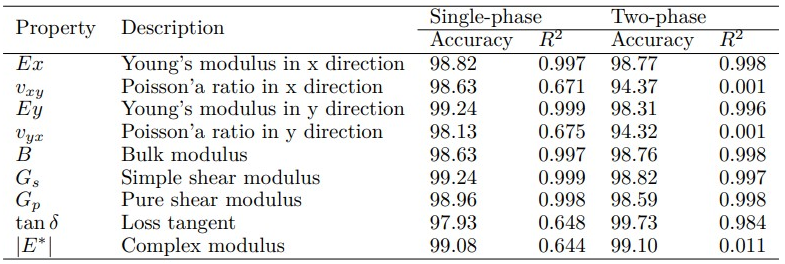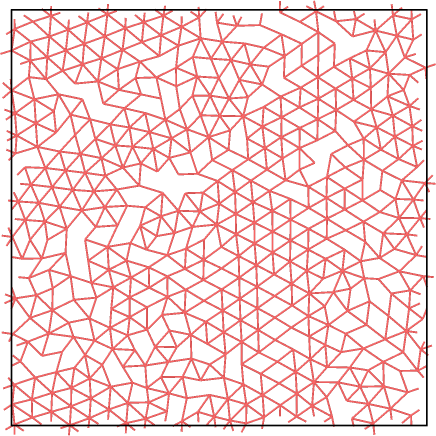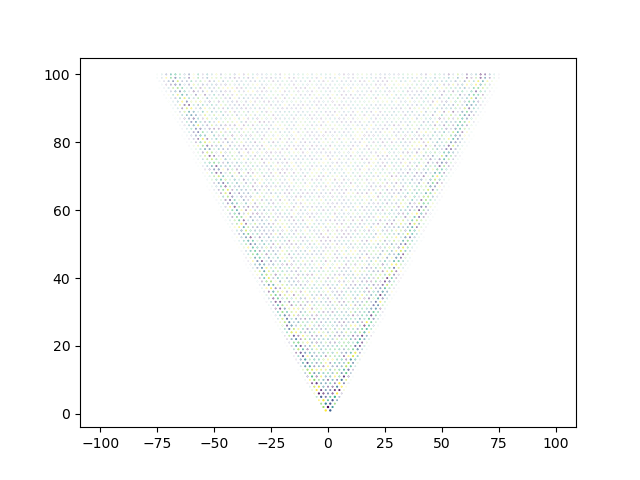Material Geometry Design Using Machine Learning and Optimization
Use VGG to predict mechanical properties from their images, and use Bayesian model to optimize the GAN that can generate material images.
Use VGG to predict mechanical properties from their images, and use Bayesian model to optimize the GAN that can generate material images.
Use pruning strategy to generate auxetic material from the grometry of packed moleculars. This project was implemented on the Google Could Service(GCP) with 96-core CPUs. The auxetic samples were ment to be one of the types in my machine learning dataset. This idea is based on Auxetic metamaterials from disordered networks.
Use computer program to simulate one dimensional quantum walks with various evolution strategies. The results ate meant to be the references to physical experiments.
We implemented a 4 qubit hybrid quantum neural networks trained on solving the Flock energy of Li-H molecular compond.
Published in Physcis Review Meow (In preperation.), 2020
Observations of one-dimention disctete quantum walk.
Recommended citation: Lufter, Pei-Cheng Kuan. (2020). "Symmetric Quantum Walk With Phase Transition Feature" Physcis Review Meow (In preperation.).
Published in Journal 1, 2020
A possibility of designing material geometry using integrated machine learning models and optimization methods.
Recommended citation: Yun‑Che Wang, Chun Wei Liu , Pei‑Chen Cheng , Jyun‑Ping Wang, Tsai‑Wen Ko, "Design of Chiral Metamaterials via Deep Neural Networks" 44th National Conference on Theoretical and Applied Mechanics (CTAM2020). https://lufter.github.io/files/Design_of_Chiral_Metamaterials_via_Deep_Neural_Networks.pdf
Published:
High damping and high stiffness (HDHS) materials can dissipate unwanted vibration energy, such as the ones from earthquakes, at the same time structural integrity can be preserved. Through design, auxeticity, i.e. negative Poisson’s ratio, and viscoelasticity of the HDHS may be enhanced along certain loading directions. By combining high damping polymer with auxetic foam-like material, one may construct composite materials to simultaneously exhibit effective high damping and high stiffness in a reasonably wide frequency window. Such composite materials can be used as dampers in structure systems. In this work, we adopt machine deep learning approach to construct sample data by using realistic aluminum foam as a template. Finite element analysis is utilized to numerically calculate the linear viscoelastic properties of the samples that are generated from machine learning. After the samples are prepared, a deep neural network (DNN) is adopted to train and test the data. High coefficient of determination can be achieved and the DNN is used for searching optimal designs of HDHS auxetic composite materials.